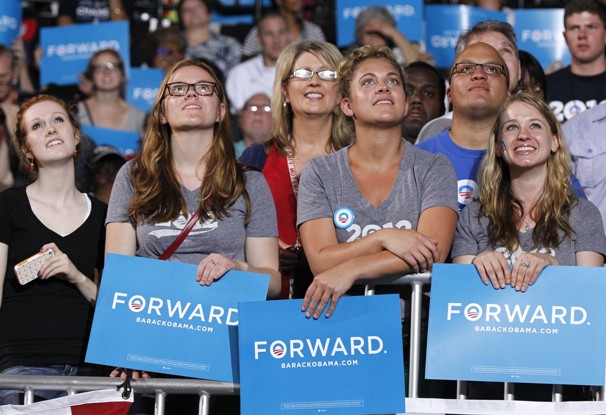Millenials Falling Behind In Critical Subject Areas
Millennials have been unfairly slapped with numerous labels that fail to explain reality such as the “entitlement generation”. New research on millennials shows that we are in fact falling behind in literacy, mathematics, and problem solving. Baby boomers should not take these findings as confirmation of their truncated misconceptions. Researchers were shocked with their findings, but, in defense of millennials, they also fail to explain reality. Government intervention is proving costly to my generation.
While baby boomers begin to enjoy retirement, they also receive social security checks at the expense of millennials. Besides being forced to pay into it, there is no indication that baby boomers actually need the extra money. In 2013, the median wealth of households age 65 to 74 was $232,000. Those of us under 35 have a median wealth less than $10,000. On average, the older generation is almost 14 times wealthier than millennials due to the obviously longer period of income earning.
Detriments of social security do not stop there. According to the Social Security Administration, the funds will be insolvent by 2033. According to FRED data, social security contributions have remained relatively the same as payouts have soared. In fact, this trend may be the biggest contribution to the crushing $18 trillion national debt, which presents an entirely different problem. Boomers will not have to worry about national debt breaking 100% of GDP by 2025.
Simply put, social security is a wealth redistribution scheme that takes money from the younger, poorer generation and gives it to the older, wealthier generation. Further increasing the burden, ObamaCare forces young and healthy people to subsidize older generations that have a higher demand for healthcare. The effects of ObamaCare are yet to be fully seen, but the results of Social Security implies a grim future.
Boomers often criticize millennials as unwilling to pull up our boot straps and go to work. Such a sentiment fails to explain the stark reality of the U.S. economy. According to the Mercatus Center, federal regulatory restrictions have increased from 834,649 in 1997 to 1,040,940 in 2012.
Furthermore, the ominous Code of Federal Regulations has more than doubled in size since 1975. Researchers concluded that growing federal regulations have “limited entrepreneurial innovation without producing the desired regulatory outcome”. The cost of these regulations have inequitably fallen on small businesses that lack compliance resources – comparatively double the cost to “big corporations”.
Pulling up your bootstraps can be difficult when government fills your shoes with concrete.
Of course, they also say that a quality education will improve our well-being. Egalitarian policies have herded ambitious millennials into overpriced institutions and we were none the wiser. As the tuition sticker price has increased, so too has there been a rapid increase in federal student loans. When the government lends money, there is little to no consideration for whether it will be paid back. In economic terms, this causes an arbitrary increase in demand while supply remains relatively fixed.
If that money was spent on students, it could be justified. However, universities are now competing over government funding instead of consumer demand, which is an important distinction. The average real cost per student has increased 68% from 1986 to 2006. However, controlling for federal funding, the cost per student rose a modest 29%.
As long as the government flood gate remains open, universities can charge whatever they want. Incentives now become a matter of enrollment volume, which leads to expenditures on non-value add activities. The Delta Cost Project observed that “per-student spending on instruction has remained steady or declined”. Furthermore, average spending per degree has declined across the board. Thus, federal student aid programs have mainly been a wealth transfer from taxpayers to universities. Both subsidies and tuition are increasingly spent on overhead costs.
Despite enrollment increasing 48% from 1986 to 2006, millennials are still experiencing an unnaturally high unemployment rate of 40%. Why? We were told that a college diploma would increase our lifetime earnings, which is true if you focus on a few degrees. Those who spent years and thousands of dollars on gender studies or ancient Japanese history degrees find themselves without marketable skills.
Millennials are not always perfect, but we often get the wrong end of the stick. Our biggest critics were never subject to a cumbersome government that now accounts for 40% of GDP. During the ancient times, regulatory requirements did not present an added barrier to success, nor did they fund their parent’s retirement. By limiting government, we can take control of our lives and determine our own future without their arbitrary standards.



